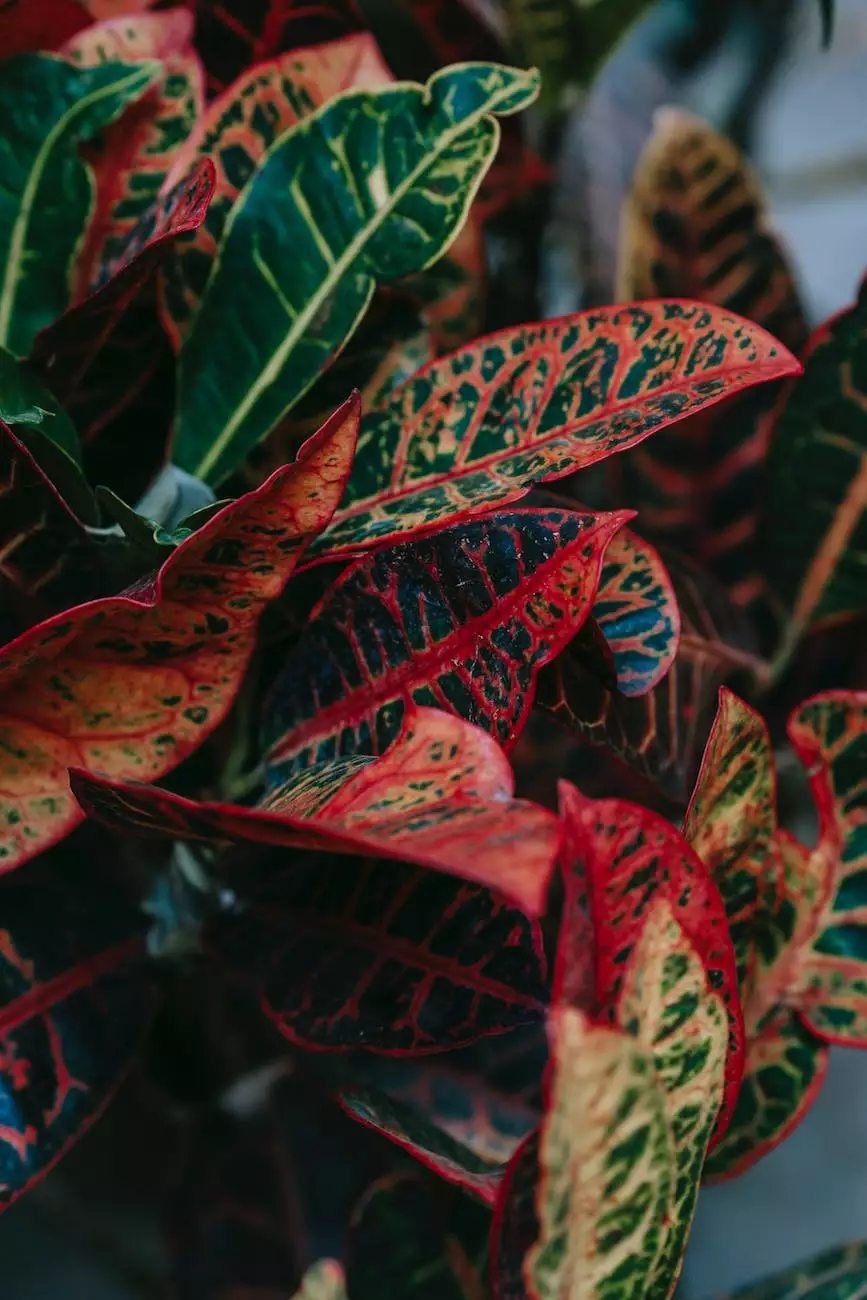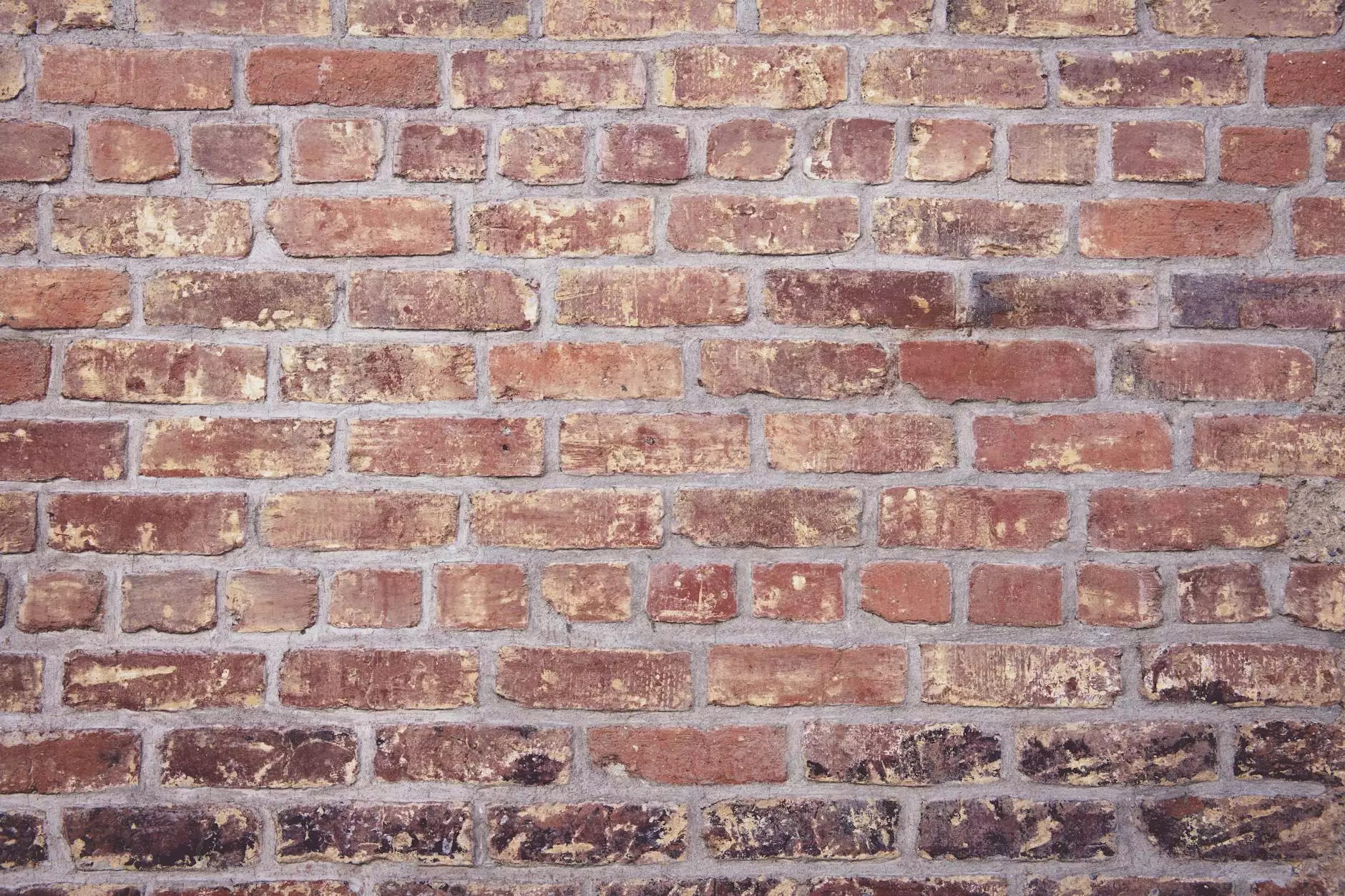Fall Flora for Pots: Croton Plants
Fall Color
Introduction
Welcome to Cutting Hedge Services, your ultimate resource for all things gardening and landscaping. In this article, we will be diving deep into the world of croton plants, a popular choice for adding vibrant colors to your garden during the fall season.
Why Choose Croton Plants
Croton plants, also known as Codiaeum variegatum, are highly sought after due to their striking foliage. Their leaves come in a wide range of colors, including yellow, orange, red, and green, making them a perfect addition to any fall-themed garden or potted arrangement.
One of the main advantages of croton plants is their ability to thrive in both indoor and outdoor environments. Whether you want to enhance your patio, balcony, or even your living room, crotons can adapt to various light conditions, but they prefer bright, indirect sunlight.
Choosing the Right Croton Plant
With so many varieties available, it's essential to choose the right croton plant for your specific needs. Here are some factors to consider:
1. Leaf Color and Pattern
Croton plants exhibit a mesmerizing array of leaf colors and patterns. Whether you prefer the bold and vibrant leaves of the Petra variety or the intricately patterned Mammy Croton, there's a croton plant to suit every taste and preference.
2. Growth Habit and Size
Before purchasing a croton plant, it's crucial to consider its growth habit and size. Some crotons grow tall and upright, making them ideal for adding height to your garden, while others have a more compact form suitable for smaller spaces or potted arrangements.
3. Maintenance and Care
Croton plants require regular care to thrive and maintain their vibrant colors. They prefer well-draining soil, so make sure to provide adequate drainage when planting. Additionally, regular watering, fertilizing, and occasional pruning will help keep your croton plant healthy and visually stunning.
Planting and Caring for Croton Plants
Now that you've selected the perfect croton plant, it's time to focus on planting and caring for it. Follow these expert tips to ensure the best results:
1. Selecting the Container
When planting croton plants in pots, choose a container with adequate drainage holes to prevent waterlogged roots. Additionally, opt for a pot that allows room for growth, as crotons can sometimes become top-heavy.
2. Soil and Fertilizer
Use a well-draining potting mix rich in organic matter for croton plants. Ensure the soil is moist but not overly damp, as excessive moisture can lead to root rot. Apply a balanced, slow-release fertilizer designed for foliage plants to promote healthy growth.
3. Watering and Sunlight
Water your croton plant regularly, allowing the top inch of soil to dry out between waterings. Avoid overwatering, as it can cause root issues. As mentioned earlier, crotons prefer bright, indirect sunlight, so place them in a location that receives ample light throughout the day.
4. Pruning and Maintenance
To maintain the desired shape and prevent leggy growth, prune your croton plant as needed. Remove any yellowing or damaged leaves to promote overall plant health. Regularly inspect your croton for pests, such as spider mites or mealybugs, and take appropriate action if necessary.
Conclusion
Croton plants are a fantastic addition to any fall garden or potted arrangement. Their vibrant foliage and adaptability make them stand out, and with proper care, they will continue to bring beauty and style to your space throughout the season. Remember, at Cutting Hedge Services, we are here to assist you in all your gardening needs. Explore our selection of croton plants today and create a stunning fall display that will make your neighbors green with envy!




